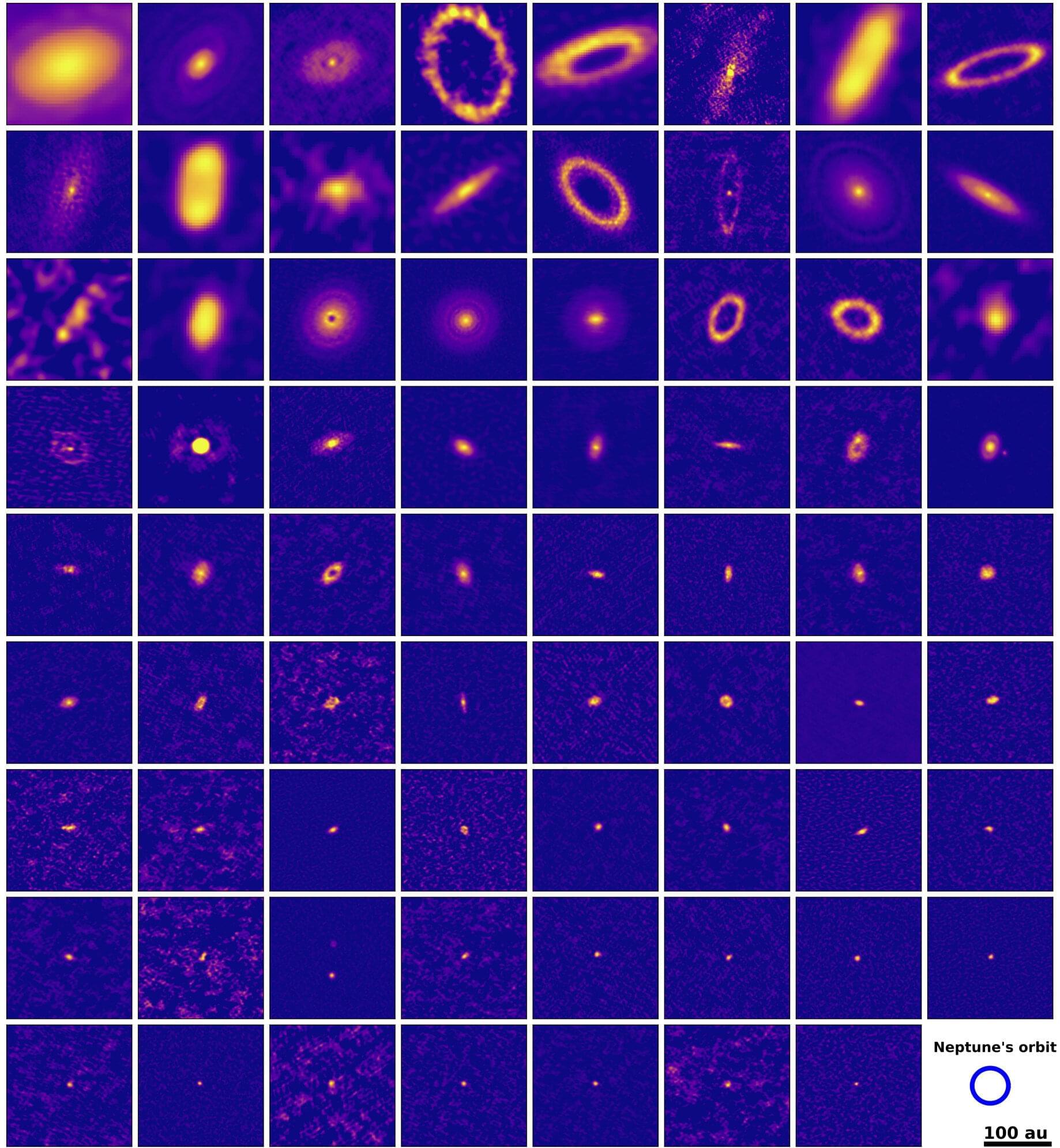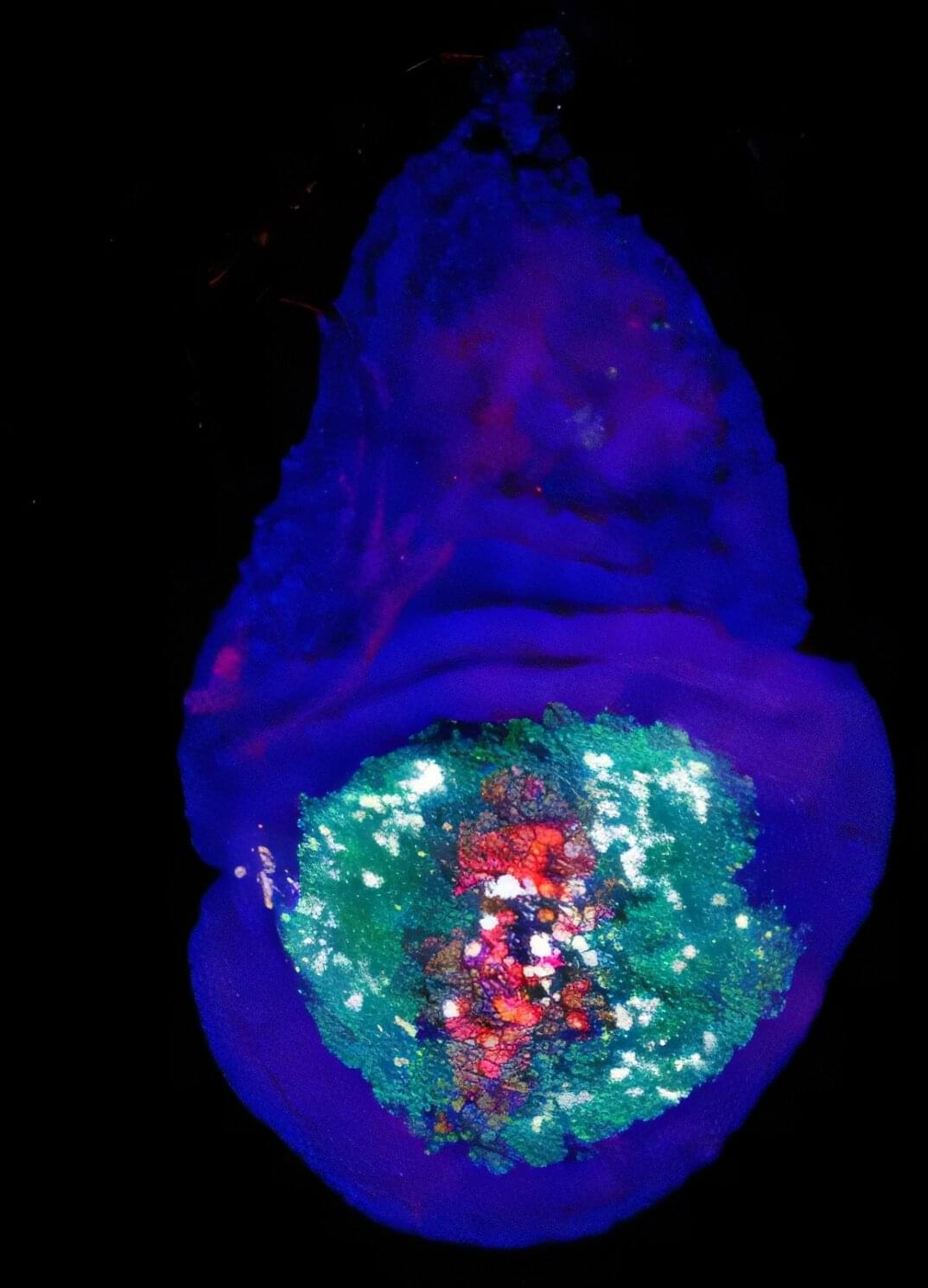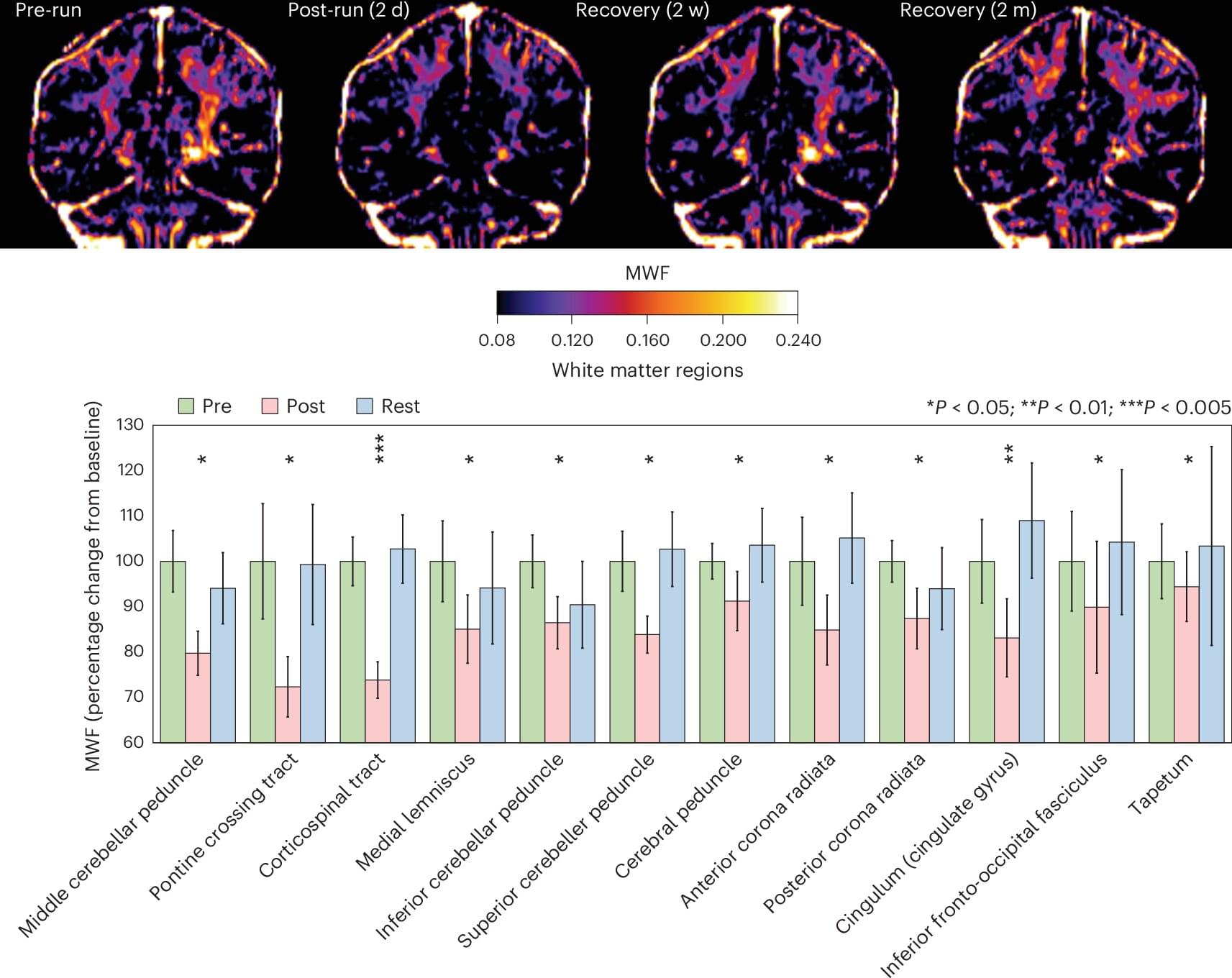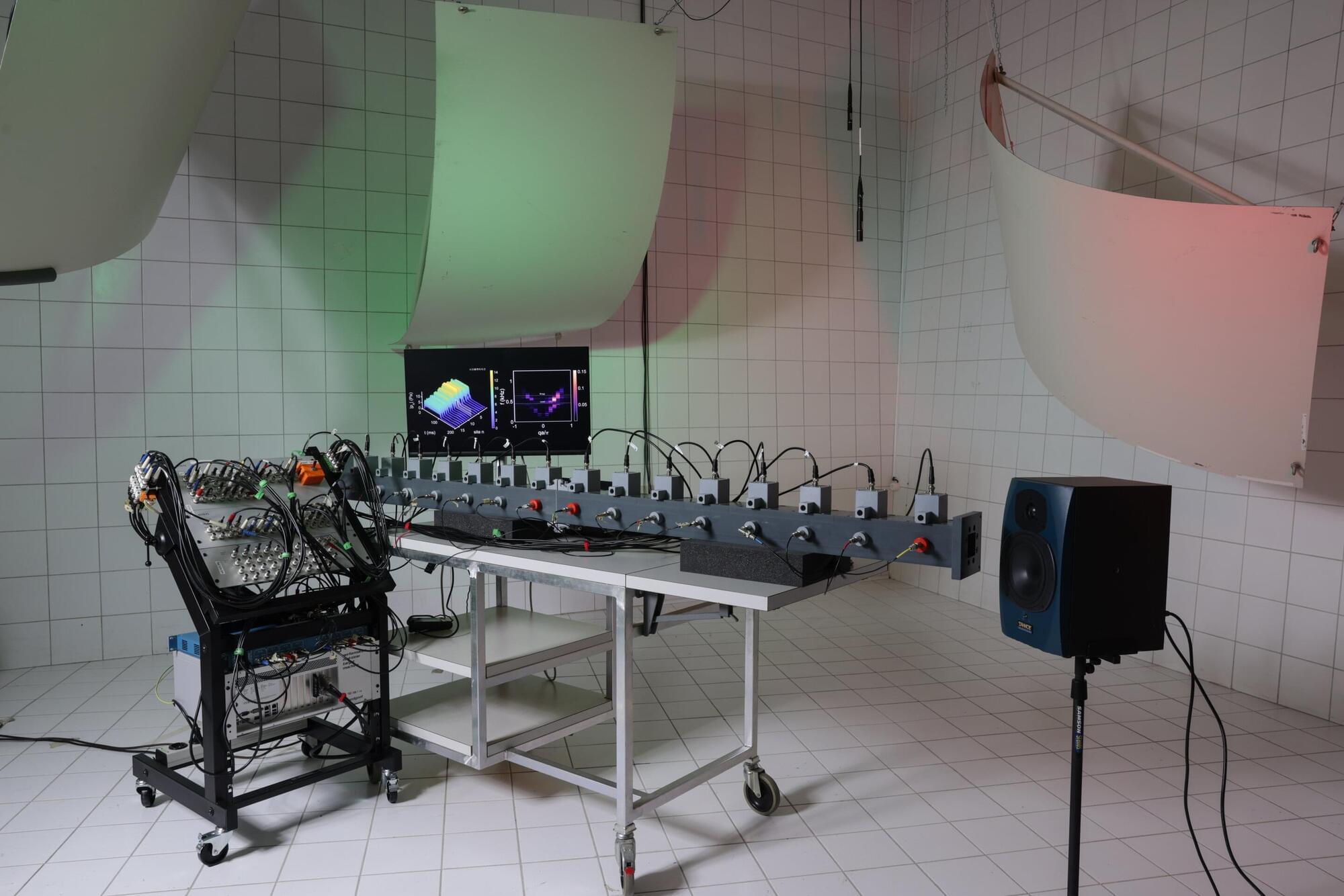Molecular nanotechnology, life extension, AI, biostasis, and the real threats to the future
Get the latest international news and world events from around the world.


Protoplanetary disks are much smaller than previously thought, new study finds
Many protoplanetary disks in which new planets are formed are much smaller than thought. Using the Atacama Large Millimeter/submillimeter Array (ALMA) scientists of the Leiden Observatory (the Netherlands) looked at 73 protoplanetary disks in the Lupus region. They found that many young stars host modest disks of gas and dust, some as small as 1.2 astronomical units. The research, accepted for publication in Astronomy & Astrophysics, establishes an important link between observed protoplanetary disks and exoplanets.
In the past decade, astronomers have imaged hundreds of protoplanetary disks around young stars using powerful radio telescopes on Earth, like ALMA. When compared to the size of our own solar system, many of these disks extend far beyond the orbit of Neptune, our outermost planet. Furthermore, most of the disks show gaps where giant planets are thought to be formed. Research of Ph.D. candidate Osmar M. Guerra-Alvarado, postdoc Mariana B. Sanchez and assistant professor Nienke van der Marel of the Leiden Observatory now show that these disks might not be typical.
Using ALMA, the researchers imaged all known protoplanetary disks around young stars in Lupus, a star-forming region located about 400 light years from Earth in the southern constellation Lupus. The survey reveals that two-thirds of the 73 disks are small, with an average radius of six astronomical units. This is about the orbit of Jupiter. The smallest disk found was only 0.6 astronomical units in radius, smaller than the orbit of Earth.

How necrotic cells contribute to the body’s regeneration process
Researchers have shed new light on how tissues in the body are repaired following the damage and premature death of tissue cells.
Their study in fruit flies, which first appeared in eLife as a Reviewed Preprint and is now published as the final version, describes what the editors call fundamental discoveries with solid evidence for how dying (or necrotic) cells contribute to tissue regeneration through a previously uncharacterized mechanism. It suggests that these cells play a role in signaling for the body to produce other types of cells that are involved in controlling natural cell death and inflammation, with findings that may have implications for wound repair and tissue regeneration.
As our bodies grow and develop, cells naturally die off where they are no longer needed, in a process called apoptosis. On the other hand, cells can be damaged and die prematurely due to injury, infectious diseases or other factors, in a process known as necrosis.

Study shows that some voices are more memorable than others, irrespective of who is listening to them
The term “memorability” refers to the likelihood that a particular stimulus, such as an object, face or sound, will be remembered by those exposed to it. Over the past few years, some psychology studies have been exploring the extent to which some stimuli are intrinsically more memorable than others, or in other words, whether people are generally more likely to remember them compared to other stimuli of the same type.
Researchers at the University of Chicago recently set out to specifically investigate the memorability of voices. Their findings, published in Nature Human Behaviour, suggest that some voices are more memorable than others and their memorability can be consistently predicted across different listeners.
“Research on intrinsic memorability—the consistencies in what people remember and forget—is a fairly new but active area of cognitive psychology,” Cambria Revsine, first author of the paper, told Medical Xpress. “Many studies from our lab and others have extensively explored this phenomenon over the past decade, finding that participants tend to remember the same images of faces, scenes, objects, and much more. However, no prior study to our knowledge has investigated the memorability of auditory stimuli.”

Marathon runners undergo reversible reductions in myelin in the brain during a race, study reveals
A team of neurologists, neuroradiologists and biomaterials specialists affiliated with several institutions in Spain has found that marathon runners undergo a reversible reduction in myelin in the brain during a race. In their study published in the journal Nature Metabolism, the group analyzed MRI scans of marathon runners before and after a race and then at later intervals to learn more about how participating in long races impacts the brain.
The editors at the journal have published a Research Briefing that outlines the work in the same issue and suggest that the team’s findings could influence the understanding of brain metabolism.
The researchers recruited 10 runners—eight male and two female—and performed MRI scans of their brains before they ran a 42K marathon. They administered a second scan 24 to 48 hours later. Two of the runners received an MRI two weeks later, and six runners were scanned two months after the race as a follow-up.

National study finds one in four adults misusing prescription stimulants
Research conducted by the National Institute on Drug Abuse, the Substance Abuse and Mental Health Services Administration, and the Centers for Disease Control and Prevention reveals that 1 in 4 adults using prescription stimulants engaged in misuse, and nearly 1 in 10 met the criteria for prescription stimulant use disorder (PSUD).
Findings show that amphetamine users were more likely to experience PSUD than those prescribed methylphenidate. Increased prescribing rates, particularly among middle-aged women, were observed, yet this demographic exhibited lower misuse rates than younger adults.
Concerns over stimulant misuse have grown as prescribing rates for these medications, commonly used to treat attention-deficit/hyperactivity disorder (ADHD), have increased. Clinical practice guidelines for adult ADHD remain absent, leading to variations in diagnosis and treatment. Questions about appropriate use persist as research indicates both the protective benefits of ADHD pharmacotherapy and its potential risks, including misuse, overprescription, and development of use disorders.
Electronics-free robots can walk right off the 3D-printer
Imagine a robot that can walk, without electronics, and only with the addition of a cartridge of compressed gas, right off the 3D-printer. It can also be printed in one go, from one material.
That is exactly what roboticists have achieved in robots developed by the Bioinspired Robotics Laboratory at the University of California San Diego. They describe their work in an advanced online publication in the journal Advanced Intelligent Systems.
To achieve this feat, researchers aimed to use the simplest technology available: a desktop 3D-printer and an off-the-shelf printing material. This design approach is not only robust, it is also cheap—each robot costs about $20 to manufacture.

Nickel(0) and boron—together at last in square-planar complexes
The arrangement of small molecules—known as ligands—around transition metal atoms affects how the metal atoms behave. This is important because transition metals are used as catalysts in the synthesis of a wide range of important materials.
Now, in a study published in the Journal of the American Chemical Society, researchers from the University of Osaka have reported a chemical bond that hadn’t been reported before: complexes of nickel, a metal, with simple ligands containing boron, a non-metal.
Transition metals are known to form complexes with ligands containing atoms from group 13 elements, including aluminum, gallium, and indium. These are known as Z-type ligands, and they can accept electrons from a metal. However, boron, the smallest element in group 13, has only been shown to do this with the support of additional ligands that help approach metals to the boron center.

Listening to quantum atoms talk together thanks to acoustics
What happens when a quantum physicist is frustrated by the limitations of quantum mechanics when trying to study densely packed atoms? At EPFL, you get a metamaterial, an engineered material that exhibits exotic properties.
That frustrated physicist is Ph.D. student Mathieu Padlewski. In collaboration with Hervé Lissek and Romain Fleury at EPFL’s Laboratory of Wave Engineering, Padlewski has built a novel acoustic system for exploring condensed matter and their macroscopic properties, all the while circumventing the extremely sensitive nature that is inherent to quantum phenomena. Moreover, the acoustic system can be tweaked to study properties that go beyond solid-state physics. The results are published in Physical Review B.
“We’ve essentially built a playground inspired by quantum mechanics that can be adjusted to study various systems. Our metamaterial consists of highly tunable active elements, allowing us to synthesize phenomena that extend beyond the realm of nature,” says Padlewski. “Potential applications include manipulating waves and guiding energy for telecommunications, and the setup may one day provide clues for harvesting energy from waves for instance.”